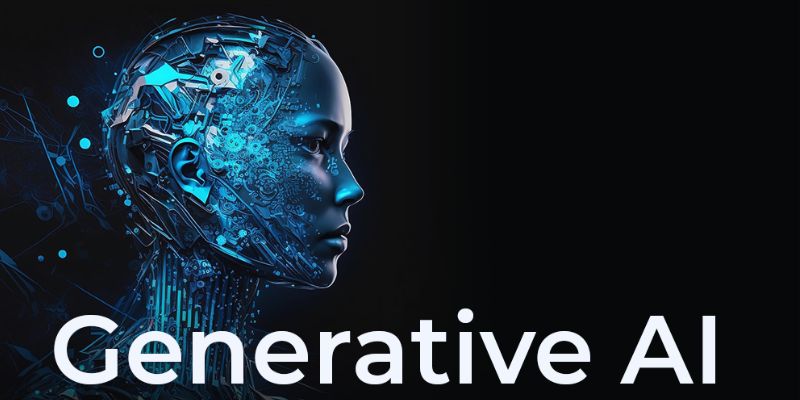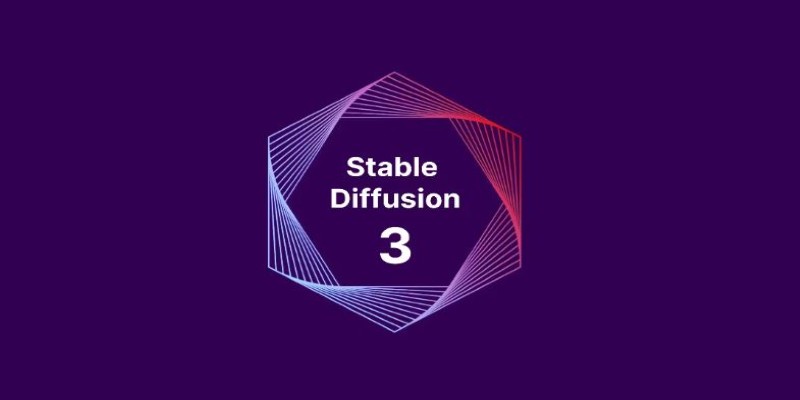Advertisement
OpenAI's API revolutionized how we interact with artificial intelligence, and developers can now build dynamic and innovative applications. This guide will introduce you to the concept of prompt chaining—a powerful technique to enhance AI performance. We'll cover its fundamentals, practical uses, and advice on how to apply it effectively in your own projects.
OpenAI API offers an extensive set of capabilities, and users can tap into natural language processing tasks with unprecedented ease and precision. Whether it is translation, summarization, and text generation or conversational agents and code completion, the API accommodates a variety of use cases. Its ability to process and generate human-like text makes it a go-to tool for developers across industries. With high customizability in the form of model choice and tuning, the API enjoys optimal performance tailored for specific applications.

Prompt chaining is the act of linking several prompts in a chain to obtain more intricate and sophisticated outputs from an AI model. Every prompt in the chain is based on the output of the previous one, making it possible to have a formal and iterative process for solving problems. Prompt chaining is especially beneficial for tasks involving step-by-step reasoning, multi-stage processes, or creating elaborate responses.
By carefully designing and connecting prompts, users have the ability to direct the AI to generate well-structured and coherent outcomes, addressing issues that would otherwise be hard to solve with one prompt.
Chained prompts possess a number of advantages that render them an effective instrument for the decomposition of complicated problems or the generation of holistic outputs. They break down large tasks into easier, bite-sized components, promote clarity, and ensure consistency in output. In grouping prompts in succession, users can gain more precision and control.
Prompt chaining is an effective technique to divide intricate activities into separate, tractable steps. Prompt chaining keeps workflows focused, readable, and efficient while allowing iterative improvement. Through designing interdependent prompts, users can yield organized and goal-specific outcomes with ease.
The initial building block of prompt chaining is to define the intended goal. Having a clear idea of what has to be done gives direction and avoids ambiguity. This is the first step in laying the groundwork for crafting focused prompts that tackle every facet of the task, with consistency and relevance throughout the process.

Breaking down a difficult task into smaller, manageable pieces is crucial. Each question in the chain must be connected to a particular component of the larger goal. This method makes problem-solving easier, lowers cognitive load, and gives clarity, as each step systematically solves one aspect of the task, resulting in a unified output.
Iteration over prompt responses is crucial to enhanced accuracy and quality. Through editing and refining the initial attempts, users are able to experiment with different methods and fine-tune the output. This feedback based on iterations provides scope for conforming to the initial goal so that a greatly optimized and polished end result can be achieved.
We have discussed why refining through iteration is so vital. Now that we've had a look, let's look at some techniques for prompt chaining.
Cascading prompts are used where the output from one prompt is fed into the next, setting up a chain reaction. Output from the initial prompt is then input for the second prompt, and so the process continues until the required length is obtained. This provides for a smoother transition of ideas and can prevent inconsistencies or repetition.
Chain of Thought prompting involves guiding the model to break down complex tasks into smaller, more manageable steps by reasoning systematically. This technique encourages the model to reason step-by-step through the process, enhancing its capacity to deal with intricate problems with logical reasoning. CoT can lead to greater accuracy, especially in reasoning-based tasks, by model-simulating human-like problem-solving explicitly.
ReAct intertwines reasoning and action in a feedback loop to produce both thought processes and actions at the same time. By interlacing these components, the model doesn't merely think alone but coordinates its reasoning with corresponding actions. It is particularly helpful in situations that need dynamic decision-making, like workflows or interactive conversations.
The Tree of Thoughts approach sets up the model's problem-solving as a tree model with branching paths, enabling divergent thinking and multiple solutions. By comparing multiple paths at each turning point, the model investigates creative or optimal results prior to deciding on the best solution. This method is great for fostering innovation and dealing with open-ended tasks.
Plan-and-Solve Prompting bifurcates the whole task into planning and execution stages. The model is initially requested to sketch out a high-level plan with easy-to-follow directions and then directed to solve the problem stepwise. This ensures error minimization by focusing on preparation over action, thus best suited for organizational tasks that necessitate forethought.
Self-Reflective Prompting prompts the model to self-analyze its answers and mark potential weaknesses or improvement areas. Through the incorporation of self-examination as a part of the process, the model improves its responses in iterative cycles. The method improves the quality of the output and achieves conformity with original goals through quality control built-in.
Sequential Prompting refers to the practice of issuing tasks in a logically sequential order so that the model can approach each piece step by step and coherently. By breaking up a multifaceted problem into sequentially dependent steps, the model gains clarity and precision. This method can prove very effective in situations where task order or structure is important for success.
Prompt Programming is a powerful tool for improving the efficiency and accuracy of machine learning models. By providing structured guidance and automated prompts, it reduces the need for manual fine-tuning. From text generation to computer vision, this versatile approach works across various domains. As the technique evolves, it will play a vital role in advancing artificial intelligence. Whether working with large datasets or solving complex problems, incorporating Prompt Programming can enhance model performance and accuracy. Why not try it today?
Advertisement

Need to round numbers to two decimals in Python but not sure which method to use? Here's a clear look at 9 different ways, each suited for different needs

Discover how generative AI for the artist has evolved, transforming creativity, expression, and the entire artistic journey

How to supercharge your AI innovation with the cloud. Learn how cloud platforms enable faster AI development, cost control, and seamless collaboration for smarter solutions

Learn simple steps to prepare and organize your data for AI development success.

An exploration of Cerebras' advancements in AI hardware, its potential impact on the industry, and how it challenges established competitors like Nvidia.

Build scalable AI models with the Couchbase AI technology platform. Enterprise AI development solutions for real-time insights

Starting with databases? Learn how SQL CREATE TABLE works, how to manage columns, add constraints, and avoid common mistakes when building tables

Think picking the right algorithm is enough? Learn how tuning hyperparameters unlocks faster, stronger, and more accurate machine learning models

Work doesn’t have to be a grind. Discover how CrewAI and Groq help you design agentic workflows that think, adapt, and deliver—freeing you up for bigger wins

How an AI assistant is transforming last-mile deliveries by improving efficiency, reducing costs, and enhancing customer satisfaction through smarter routing and coordination

Curious how Stable Diffusion 3 improves your art and design work? Learn how smarter prompts, better details, and consistent outputs are changing the game

Learn how to make your custom Python objects behave like built-in types with operator overloading. Master the essential methods for +, -, ==, and more in Python